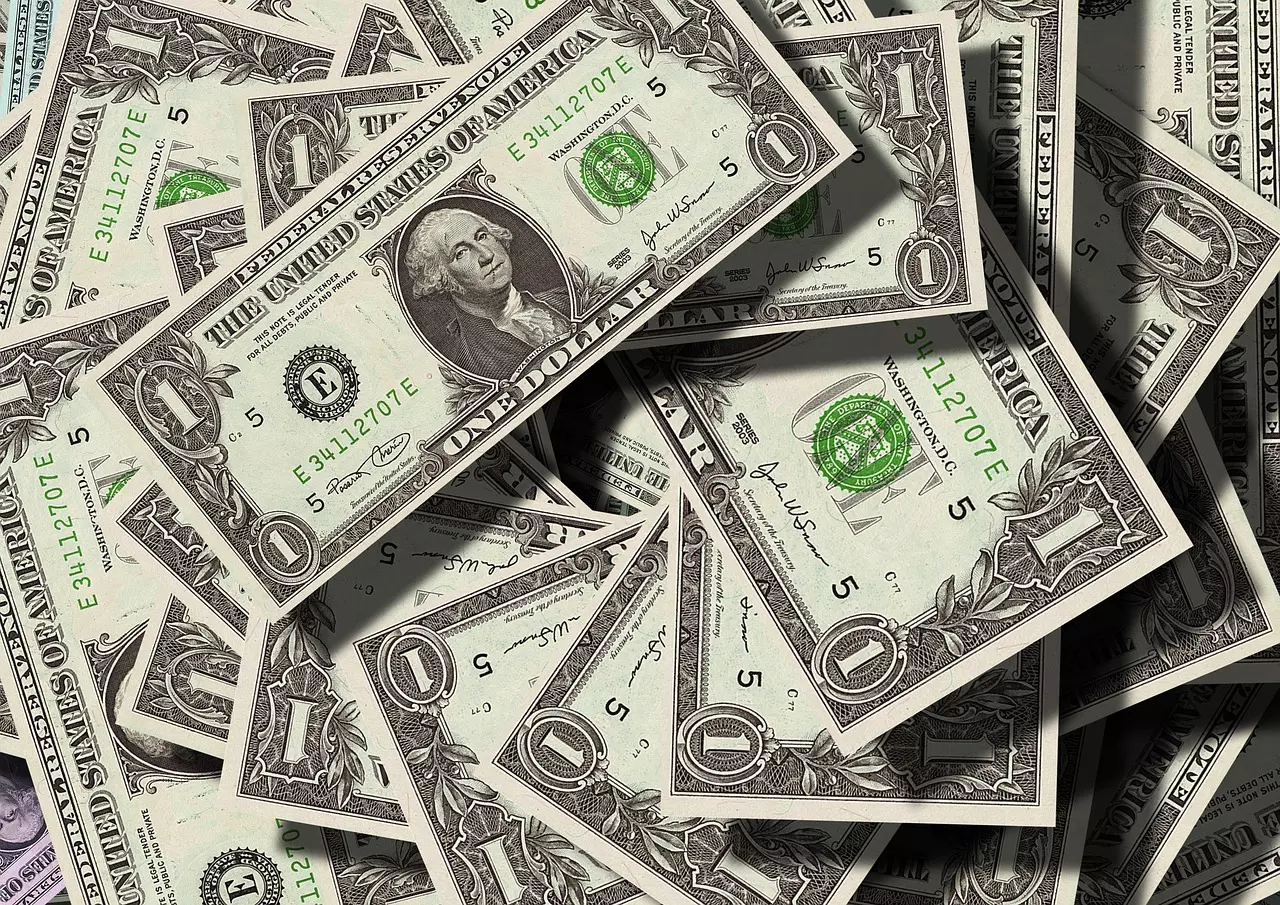Where the free exchange of goods and services is unknown, money is not wanted. In a state of society in which the division of labor was a purely domestic matter and production and consumption were consummated within the single household it would be just as useless as it would be for an isolated man.- Ludwig von Mises, The Theory of Money and Credit.
When this situation changed and early specialization between hunters and cultivators began, the people needed to exchange their own production for that of others in order to live. And this is how bartering was born: the first peer to peer exchange.
But bartering had its limitations because for it to work, a double coincidence of wants was necessary. For example, in a given transaction:
Unless the hunter wants arrows and the arrow-maker wants meat, the exchange cannot take place. If the arrow-maker wants corn, and the farmer who grows the corn wants meat, then only a sequence of bilateral transactions will satisfy their wants. Since the transactions are separated in time, and probably space, some medium of exchange - money - enters the picture to allow people to engage in their desired trades.- Mervyn King, The end of Alchemy.
Thus, money eliminates the double coincidence of wants of the exchange equation.
Money is a social convention, and the history of money is the history of human societies. In 9,000 BC, Egyptians, and Mesopotamians used commodities (grain and cattle) as money. Other cultures in Asia used cowrie shells, and Africans used salt. Of course, it is costly to hold stocks of commodities with a useful value; salt kept as money cannot be used to preserve meat. Nevertheless, commodities (such as tobacco or sugar) have continued to function as money until relatively modern times. The reason is that commodities that had an intrinsic value were used in communities where trust, either in others or in a social convention such a monetary token, was limited.
The costs and other limitations (such as transportability) associated with commodities led to the emergence of specie money.
Coins or other mechanical devices manufactured in a mint made of gold, silver, or other precious or semiprecious metals.- James E. Ewart, Money
Metal coins originated in China and the Middle East and were in use no later than the 4th century BC. By 250 BC, standardized coins minted from gold, silver, and bronze were widespread throughout the Mediterranean world.
Governments have played an important role in regulating the size and weight of coins. Officially minted coins were supposed to overcome the problem of counterfeits and of the need to weigh the precious metals before the transactions, the need to protect the physical object used as money has always been essential to its acceptability. For instance, in Spain’s 16th century, the House of Austria, in order to increase the State revenues, reduced the noble metal content of coins. In this case, that of the fleece coins, which were made of an alloy of silver and copper. The Jesuit Juan de Mariana realized that by decreasing the percentage of silver, the number of coins in circulation increased and triggered an increase in prices of goods and services. Another example is when voyages across the Atlantic led to the discovery of gold and, especially, silver mines in America. The resulting imports of the two metals into Europe produced a dramatic fall in their prices, by around two-thirds. So, in terms of gold and silver, the prices of commodities and goods rose sharply.
These experiences demonstrated that whatever form money took, abrupt changes in its supply could undermine the stability of its value.
Paper money has for a long time dominated our monetary system. If not backed by gold or some other commodity, paper money is what is known as a pure fiat currency -it has no intrinsic value and, crucially, cannot be exchanged for gold or any other valuable commodity at the central bank. It is useful only insofar as other people accept it at face value in exchange for goods and services, and its value depends upon the trust people have in it.
DeFi describes the ecosystem of blockchain-enabled products and services that replace (or at least augment) traditional financial intermediaries with open, freely available, autonomous, and transparent software for global, democratized finance. DeFi also includes novel innovations around settlement efficiency, risk management, and accessibility. That’s why there’s been so much interest (not to mention significant traction) in this trend from entrepreneurs, corporate leaders, policymakers, and institutions big and small.
In the past, however, some sceptics dismissed DeFi as an idealistic movement destined to be relegated to “the fringes” of the financial system and internet. But DeFi likely could (and should) become a foundational piece of the financial infrastructure not only for cryptocurrencies, but also potentially for other classes of markets.
